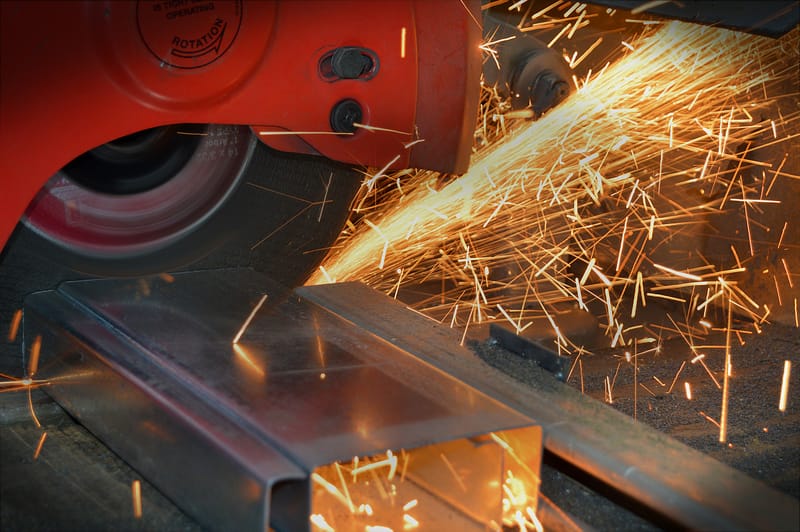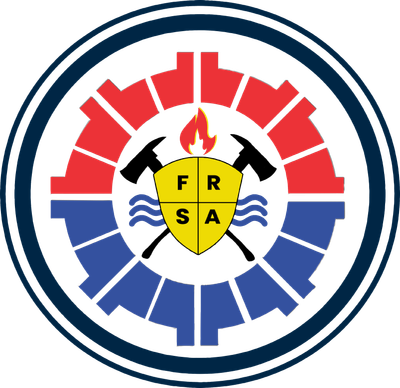Hot Work Protection

Hot work is considered as any activity that generates heat which can potentially serve as an unintended ignition source, where such activity does not form part of a normal working process.
Examples of common activities that would be considered to be hot work are:
- Abrasive cutting
- Grinding
- Soldering
- Welding
When these activities are carried out in their normal workshop environment there are usually protective measures such as welding screens, quenching tanks and the like, that are used to control the movement of sparks etc. When working "out of the workshop environment", a higher degree of risk results.
Control over Hot Work goes far beyond simply issuing a permit to work. Hot Work Permits are merely the administrative component of a more complex operation.
Fire Risk S A provides specially trained Fire-watchers who carry out pre-inspections of the proposed work area, remain at the worksite during the hot work activity, conduct regular infra-red scans for any peripheral or local build up of heat during the work phase and conduct further infra-red scans after work has been completed, ensuring that no residual heat sources that could start a fire go undetected.
The Fire-watcher is trained in firefighting and is equipped with appropriate first attack equipment to damp down any hot-spots or attack any fire at its inception phase.



